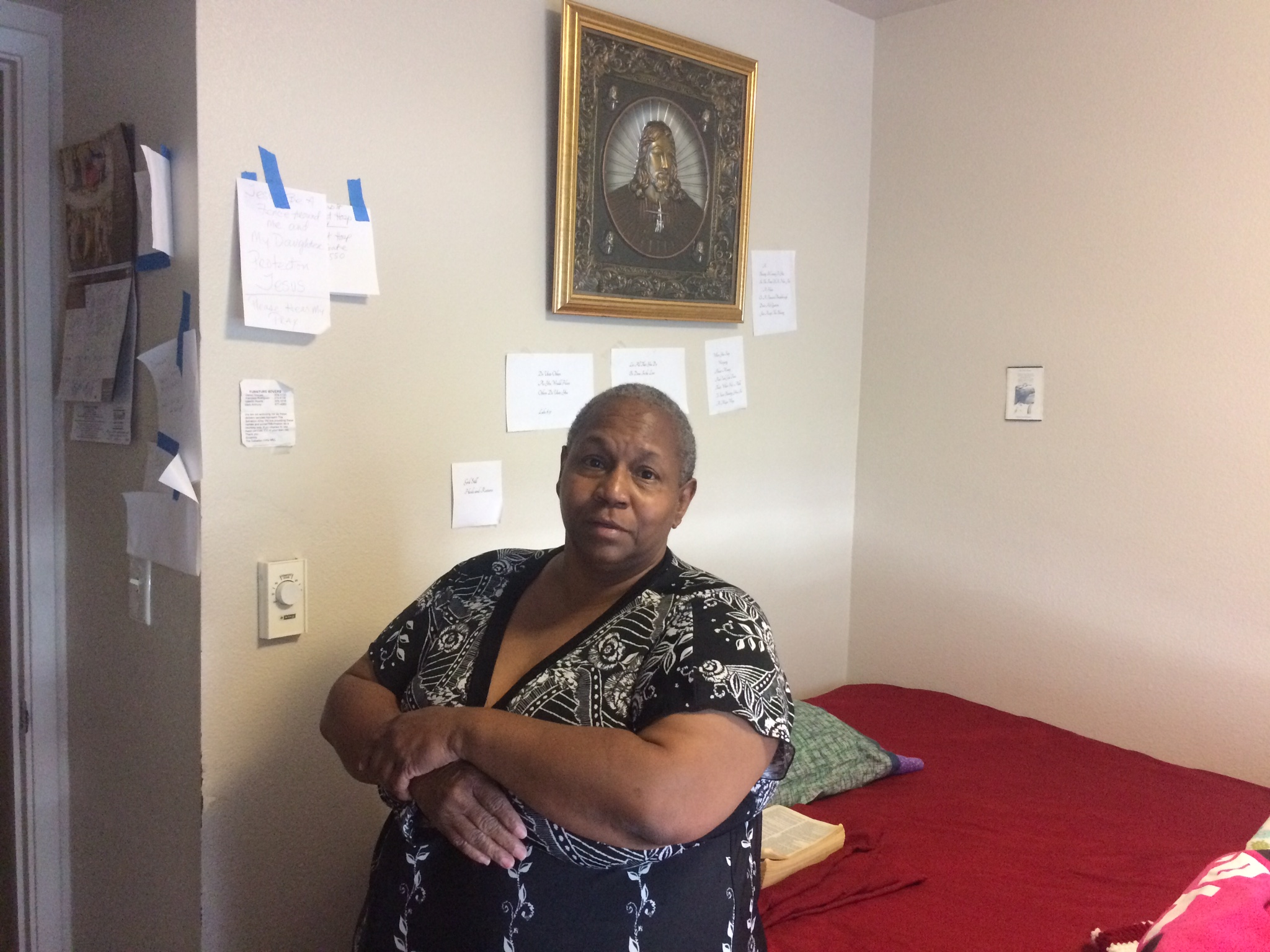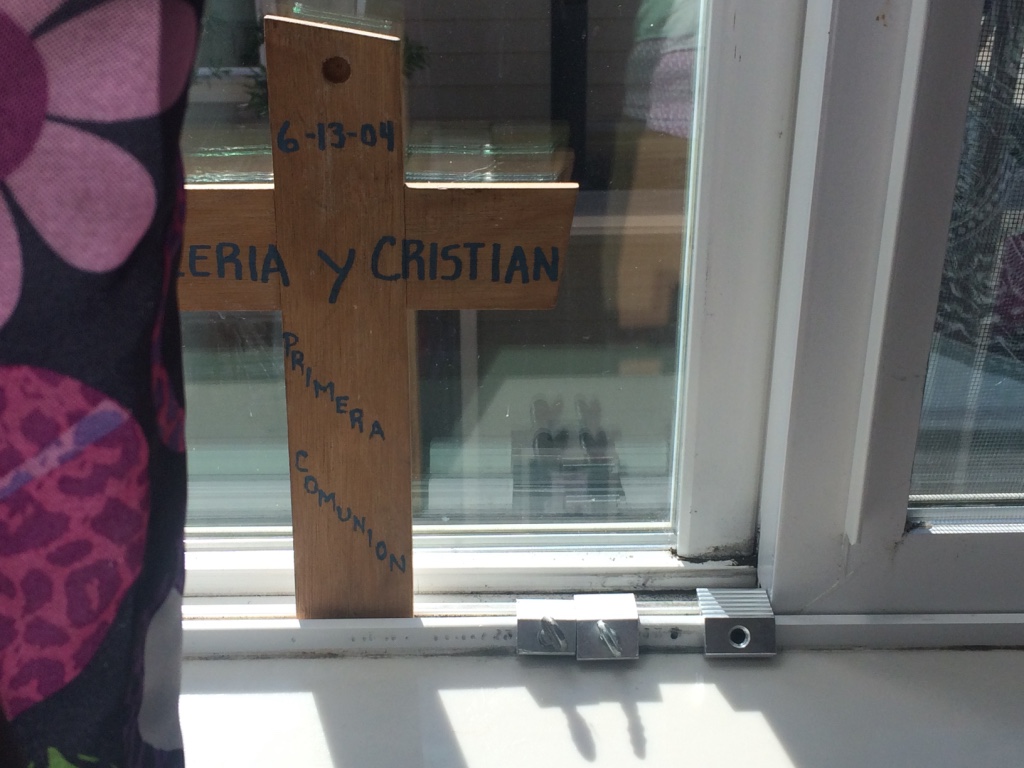
Most of us consider our home as a place in which we rest, regroup, and feel safe. It is where we store our belongings, are able to shut out the world for a while, and simply be ourselves.
However, for 59-year-old Rita, getting into public housing has yet to provide her with any of the qualities mentioned above. Rita has therefore made the brave decision to share her story with the Street Sheet in order to raise awareness of the many dangerous hassles, which numerous low-income San Franciscans face every day.
Rita’s struggle to obtain a safe place to call her own started in 2005 when she returned to San Francisco because her mother got sick. Unable to find any affordable housing, Rita stayed in various temporary placements until she and her then six and nine-year-old daughters received a place in Sunnydale through the San Francisco Houing Authority.
Shortly after moving in, Rita encountered what was to become a substantial part of the years to come: crime, violence, gun shootings, gang bangers and corruption.
Listening to Rita’s story, it is difficult to keep track of the many times she and her children had to pick up and leave because they felt unsafe. They have bounced back between shelters and housing so many times that even Rita struggles with the exact chronology of the past 11 years, although she keeps all her paperwork.
However, while talking with Rita, it quickly becomes apparent that an accurate timeline isn’t relevant to her story. The problems and dangers she has dealt with over the years all seem to be the same, regardless of the housing she was in at the time. Sunnydale, Double Rock (Alice Griffith), Robert Pitts, Mercy Housing, Potrero Hill, Golden Gate Village, North Beach Place: All of this public housing has failed to provide Rita with a safe and secure environment for her to raise her children in. The caring mother of five, Rita’s number one priority was always her kids.
“It’s like it’s hopeless, but you have to keep in mind that you have a child that you’re raising. You can’t let your child know about all of these things going on around you. All you want is a safe place to raise your family.”
As an example of everyday life in the public housing, Rita recounts several occasions where she had to barricade her front door with a two by four and a piece of wood to prevent strangers from trespassing—even at times when she was at home herself. “I had to worry about these doors being opened, even though I had an iron gate on them.”
Break-ins and robberies have made up a considerable amount of Rita’s life in public housing. She remembers one day coming home and finding that all of her belongings were gone. It later turned out that her neighbor at the time had stolen them, which Rita discovered one day as she passed the neighbor’s apartment with the door open, and saw all her missing things inside.
On other occasions, the recurring theft happened more subtly: Rita’s medication would go missing, as would meat and other cooking supplies kept within her own private premises. During one period of time, the theft was so consistent that Rita had to pack her food and other immediate belongings in a carrier to take with her every time she left her apartment, even just to run a quick errand.
“I would honestly, just as you see the homeless people with the shopping carts pushing all their belongings. I would have to take all of my groceries, freeze them up, put them in an ice box in my cart along with all my medication, my clothes and go down the street every day like this. So when I came home at night, at least I knew I would still have food and clean clothing for my kids.”
Rita is a former drug addict and still easily recognizes the smell of various drugs. Blunt, dope, crack: Rita describes how she smelled them all on her apartments throughout the years.
“Somebody was using my house for a party house. I’m a non-smoker. I’ve been clean and sober for more than 30 years, I can smell narcotics.”
During her time at Mercy Housing, Rita was living on the twelfth floor at the time and explains how the fire alarm was pulled on many occasions. This meant that Rita would have to leave her apartment and go down all the stairs, as the elevators couldn’t be used during a potential fire. Rita suffers from diabetes, back pain and has trouble walking. “We were new tenants, we followed the rules, we’d come out of the apartment, go down stairs, wait for the fire department to clear the building for us to come back in. But by the time you come back in, somebody had been in your house.”

Rita backs up these constant experiences of harassment by the many other families, she saw fleeing Mercy Housing, just after having moved in: “I kept wondering how come people were moving into Mercy Housing, new buildings and all, but then moving out again.” Rita and her daughters lasted in Mercy Housing for almost a year themselves before Rita, once again, made the decision to pack up and leave. “It was stressful and it was dangerous. I would rather go back to a shelter ‘cause it felt safer.”
Rita considers some of the main issues and dangers of public housing to be some of the staff working there, who she believes are corrupted. As Rita says: “I think that housing authority staff, some of them, stopped caring. Today everybody’s eyes are everywhere else than what they need to be focused on.” According to Rita, a specific member of staff in one housing even claimed that Rita hadn’t paid her rent on several occasions, when she actually had. Rita therefore started wiring her payments so she could keep track of them. She also recently found out that her current mailing address has been passed on for others to use. This has forced her to shut down her mailbox and instead pick up her mail at a post office box—just as she did when she was homeless.
Another key problem with public housing is the negligence and lack of maintenance of the properties in question. During her time in Potrero Hill, Rita witnessed several gun shootings to the buildings. Afterwards, the holes left in the walls were simply painted over, causing severe water damage throughout the time she lived there.
Water damage is, of course, not the worst consequence of a gun fire. To this day, Rita still fears for the lives of herself and her children as violence is prevalent in the public housing. As Rita says, “bullets do not have names on them.”
For someone who has never experienced homelessness or lived within public housing, it is difficult to fully comprehend an everyday life of constant harassment and danger. The irony of it all is that housing almost always is the goal and dream for homeless folks. But where do you go from there, when what’s offered you turns out to be equally as dangerous as living on the streets?
Rita remembers a time when living in public housing was still safe and neighbors took care of one another, which makes Rita wonder, “How did San Francisco Housing Authority get so terrible? It used to be nice and smooth, but like I said, since 2005 it’s really been a struggle for me and my family to be safe here.”
Hopefully, Rita’s story will inspire more people to speak up and share their experiences within the system. As it is the case with most issues concerning those less fortunate, change will not come on its own. We have to continue to fight for what should already be a common basic right for all citizens in a city as wealthy as San Francisco: A safe and secure place to call your own. ≠

